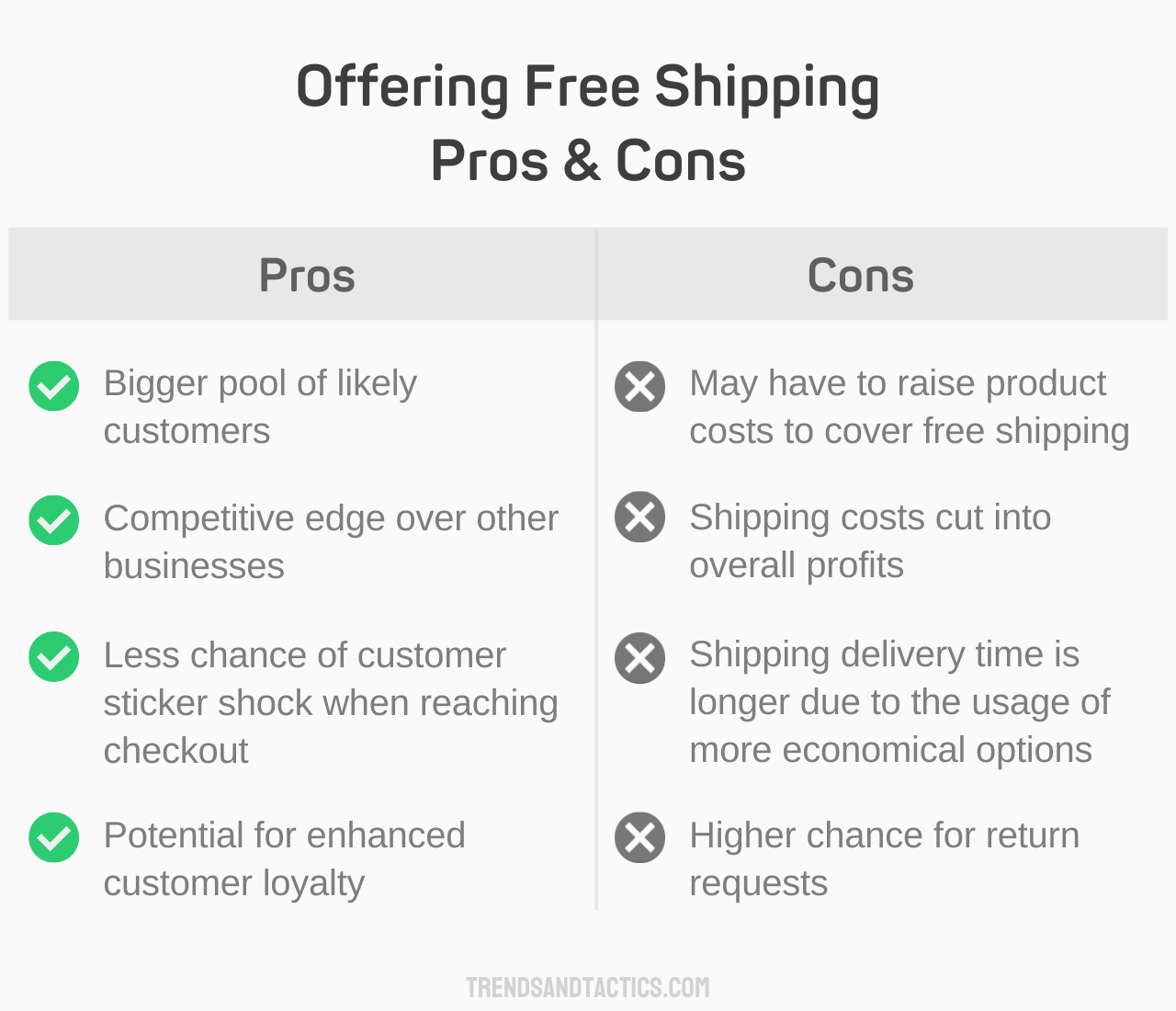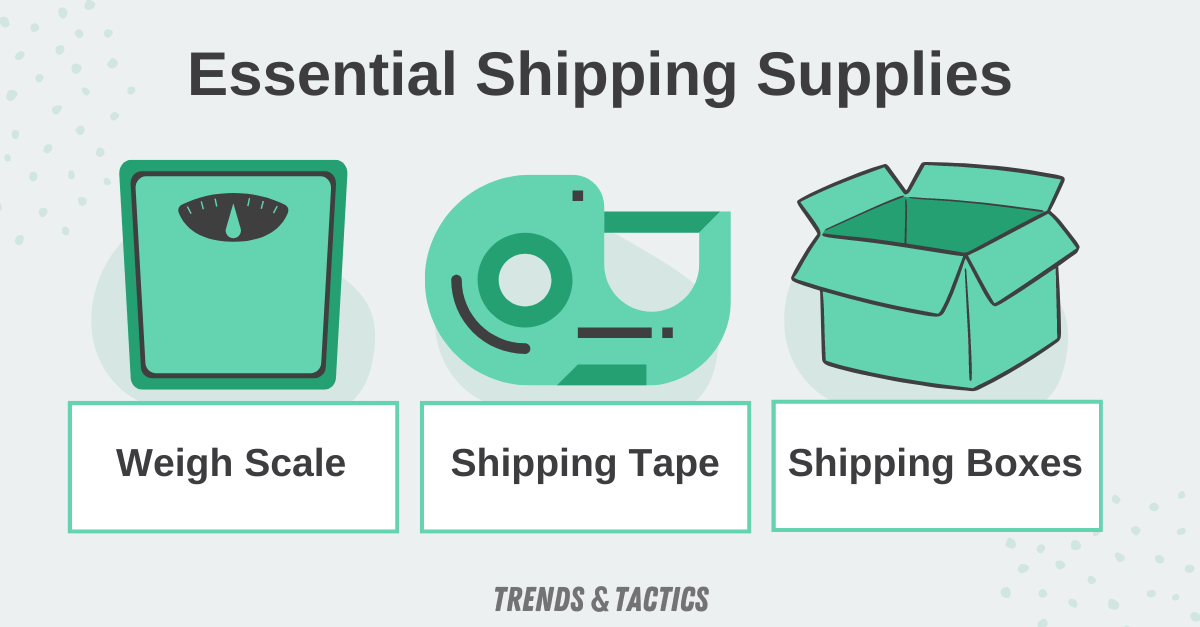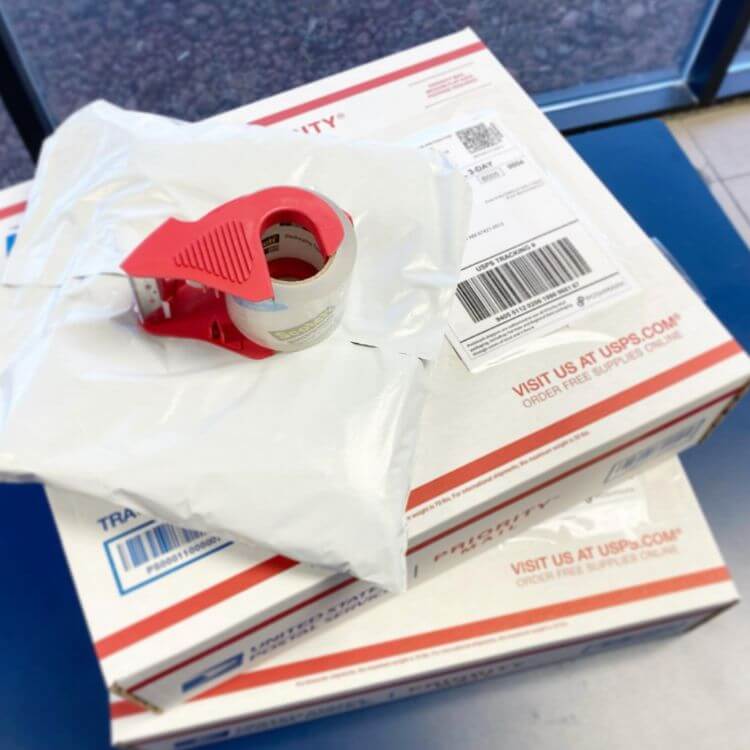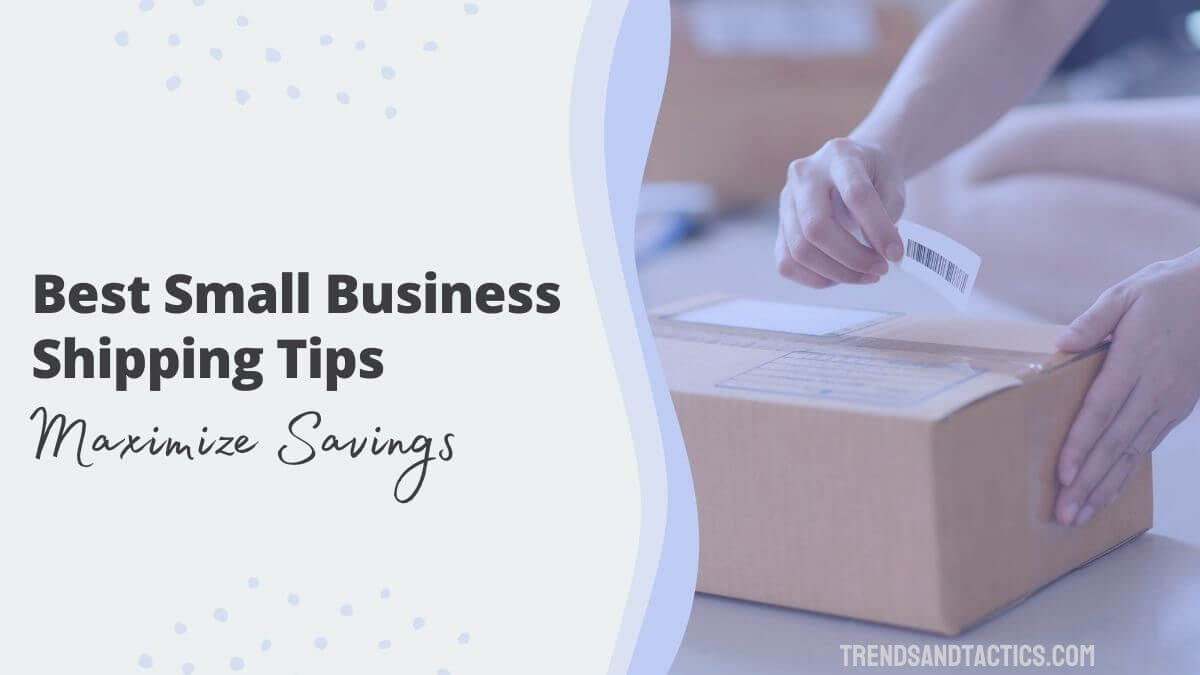Shipping can make or break a small business. It’s an unavoidable expense, but there are some secret hacks to lowering costs while maintaining a quality delivery service to your customers.
This article will share the best small business shipping tips, explain how to reduce shipping cost and reveal the big mistakes that might lose you money and loyal customers.
How do small businesses save on shipping?
Small businesses face an uphill battle with shipping costs. They can’t compete with the lightning-fast, free shipping provided by e-commerce giants like Amazon.
Customer expectations are high, and businesses that fail to get their product out to buyers in a timely and affordable manner are doomed.
Depending on your business’s size and sales volume, there’s a wide range of tactics you can use to slash shipping costs, whether you are selling clothing or even selling basketball cards.
A company shipping out a few packages a week might best direct its efforts at cutting supply costs, while a larger business with a daily mountain of boxes might be able to secure commercial pricing deals with shipping carriers.

However, commercial pricing is more complicated than it may seem.
Most shipping deals are exclusively for businesses with a minimum shipping volume threshold, and the sheer number of packages required can be an impossible goal for smaller sellers.
Tactic for Success
Seek out a third-party shipping service that offers discounted shipping rates to the public with no minimum package requirements. Platforms like EasyShip and PirateShip have commercial shipping contracts with carriers and allow the public to use their discounts.
What’s the cheapest method for shipping?
Many entrepreneurs are on the hunt to discover what is the cheapest way to ship for a small business.
The answer will be slightly different depending on the size, dimensions, weight and explosive qualities of whatever you’re selling.
A business that sells tiny goods that can fit into a small package weighing under a pound is likely going to go a different route than someone shipping an item that weighs over 20 pounds.
A general rule of thumb is to ensure you’re shipping the item in the smallest package possible, with the least amount of extra weight.
Following our guide on how to package clothes can help you decrease your shipping costs, too.
Popular shipping methods for standard products:
- Lightweight clothing, accessories or jewelry – USPS’ First-Class Package service is the most affordable choice for items weighing under one pound.
- Shoes or outerwear – The cheapest shipping for packages weighing over a pound is typically USPS Priority Mail or UPS Ground.
- Housewares, appliances and home decor – Packages weighing more than 10 pounds are usually most affordably shipped through FedEx or UPS Ground.
Trend on the Rise
Customers value a company that is honest about its shipping times. According to a survey conducted by Shopify, 45% of customers want to purchase from a business that clearly displays an anticipated delivery time.
Should you offer free shipping?
It’s one of the most controversial decisions an e-commerce business has to make. Who pays for shipping?
Is it better to make customers happy and cover the entire cost, split it evenly, or put the burden of delivery on your buyer?

Credit: Sew Much 2 Wear
According to new research from X Delivery and the Retail Management Institute of Santa Clara University, of the top 100 fashion and apparel online retailer brands, 96% offered free shipping, although some enforced minimum purchase thresholds.
The same study revealed that 65% of shoppers check to see if a similar product is available on Amazon to see if the shipping is cheaper.
So if you’re in the business of online arbitrage or reselling liquidation pallets, this is a top consideration.
Customers expect free shipping, even if that means they must spend a little more to get it. How that works for you is a personal decision to make with your budget and business plan in mind.

Trend on the Rise
International shipping is becoming widely used by merchants. According to the shipping software company Shippo, 45% of U.S.-based e-commerce merchants selling apparel, electronics, health/wellness, beauty/skincare, sports/outdoors, and jewelry sold and shipped products internationally last year.
Small Business Shipping Supplies
Reducing the cost of your shipping supplies can significantly affect your overall budget.
While you may be saving pocket change for each package, that can amount to a considerable amount of money if you send out multiple pieces daily.
The last thing you want to do is buy shipping supplies in small quantities off the shelf at a retail store. Instead, get creative about how you choose to ship your items.
The most important factors to consider are durability, size and weight and aesthetics.
Depending on the carrier and service you’re using, you might even qualify to get free boxes or poly mailers. USPS, UPS, FedEx and DHL all offer free shipping supplies for some of their delivery services.
Check their websites for all options available before investing in personalized packaging supplies if you’re hoping to keep your costs as low as possible.

Essential shipping supplies for small businesses:
- Weigh Scale – You need to know precisely how much your package weighs to predict shipping costs and purchase the correct label.
- Shipping Tape – While services like the USPS offer free boxes, they require you use your own tape to secure your packages.
- Poly Mailer Envelopes – Lightweight clothing and accessories can often be shipped in these durable, plastic envelopes.
- Shipping Boxes – Items that could be broken or damaged by being tossed around in transit should be sent in a box.
- Packing Material – If you’re shipping something that isn’t a perfect fit in its box, it needs to be insulated to prevent damage in transit.
- Branding Material – If you’re hoping to create brand loyalty, you’ll want your customer to remember who you are through thank you notes, inserts or stickers.
- Printer or Label Maker – While not mandatory, a printer can be handy for creating labels or including a customer purchase receipt.
Want to save even more money? You can repurpose shipping supplies in surprising ways. There are even ways to score free shipping supplies.
Tactic for Success
Order free USPS supplies online rather than picking them up at the post office. The website has a greater variety of box and mailer sizes than can be found in store, and you can even get them shipped directly to your home at no cost.
Small Business Shipping Mistakes to Avoid
Especially when you’re just starting and getting your first customers, figuring out the best way to get your product across the country can be intimidating and confusing.

Credit: Sew Much 2 Wear
Mistakes in those first few sales are common but can be embarrassing and costly.
Using the Wrong Free Shipping Supplies
While USPS provides free shipping supplies for some package delivery services, you can’t use them for all.
To send items via First Class, you must provide a box or poly mailer. If you fail to do so, post office workers might pull back your package and return it to you with a request for an additional fee.
Even more embarrassing; they may deliver it to your buyer and request the additional shipping fee directly from them.
Failing to Get a Tracking Number for Packages
Long lines at delivery services can seem like torture. But, there’s a good reason to make sure your goods are scanned in by employees.
Rather than dropping items off at the post office, it’s best practice to get a physical receipt with a tracking number to prove that you sent the package.
If something goes wrong and your package gets lost in transit, you have what you need to make a case with the post office that they owe you money.
Additionally, customers want to know when they can expect to get their items so they can make sure to secure the package as soon as possible.
If you’re a new business, a great way to reinforce customer confidence is by providing a tracking number so your buyer is reassured and knows the product is on its way.
Not Properly Packing an Item
The journey of a package can be much more turbulent than people realize. You must essentially prepare your package for battle to be confident it will get to its new home in one piece.
Sellers should wrap glass or plastic items in packaging material. Boxes can get wet, so it’s wise to protect the contents with an inner waterproof layer.
Polymailers should be securely closed and sealed with adhesive or a generous amount of tape.
Packaging mistakes can also be visual. Make sure how you choose to send your product represents the business as one that customers can trust.
Shipping items in recycled cereal boxes and crinkled plastic shopping bags might work okay when sending packages to friends or family, but that won’t send a clean or reliable message to strangers who trusted you to send them an experience they enjoy.
It also can diminish the perceived value of your product.
Wrapping Up
With the above trends and tactics in mind, the best answer to this question will depend on what your customers value the most.
If you’re providing a service that competes with large companies like Amazon, you’ll want to be fast and cheap, but if your business offers a unique product that people can’t find anywhere else, you’ll have more flexibility to experiment and figure out the best shipping strategy for you.
Nikki Davidson is a freelance TV and print journalist who covers finance and real estate news for media outlets across the country. She's also a chronic side-hustler and YouTuber who creates videos about reselling clothing online (Channel Name: Sew Much 2 Wear).






